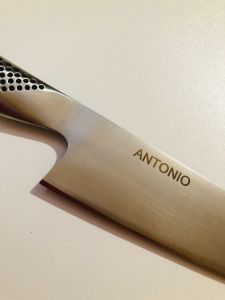Language
WORLDWIDE SHIPPING
Deba knife cm. 16 Hasaki Line by Ambrogio Sanelli
was
€63.00
Special Price
€33.00
€27.05
Availability:
In stock
Ha Saki :''sharp edge'' is the perfect name for the blades of the
new line of professional knives in Japanese style.
The blades of Hasaki knives are produced with a special stainless steel Nitro B X50CrMoV15 with nitrogen, allowing to obtain an uniform micro-structure with an excellent resistance to corrosion and a final hardness after thermic processes up to 57-59 HRC.
According to the Japanese tradition, sharpening is made on one side of the blade only.
Thanks to this characteristics, the material cut gets in contact with the blade only for a short time and the friction of
the material cut is reduced to the minimum.
This type of cutting edge is ideal to make a long and progressive cut, to slice thinly and to cut fish into fillets.
There is the common conviction that a blade sharpened on one side only cuts better and more neatly, but requires more handiness with respect to a blade sharpened on both sides.
The handle is made in acetal resin (POM), that makes the knife comfortable and perfectly balanced during the cut.
Blade Deba perfect for heavy cuts, for example for removing the head of a fish.
Blade thickness 3 mm.
new line of professional knives in Japanese style.
The blades of Hasaki knives are produced with a special stainless steel Nitro B X50CrMoV15 with nitrogen, allowing to obtain an uniform micro-structure with an excellent resistance to corrosion and a final hardness after thermic processes up to 57-59 HRC.
According to the Japanese tradition, sharpening is made on one side of the blade only.
Thanks to this characteristics, the material cut gets in contact with the blade only for a short time and the friction of
the material cut is reduced to the minimum.
This type of cutting edge is ideal to make a long and progressive cut, to slice thinly and to cut fish into fillets.
There is the common conviction that a blade sharpened on one side only cuts better and more neatly, but requires more handiness with respect to a blade sharpened on both sides.
The handle is made in acetal resin (POM), that makes the knife comfortable and perfectly balanced during the cut.
Blade Deba perfect for heavy cuts, for example for removing the head of a fish.
Blade thickness 3 mm.
FAQs

 IT
IT FR
FR
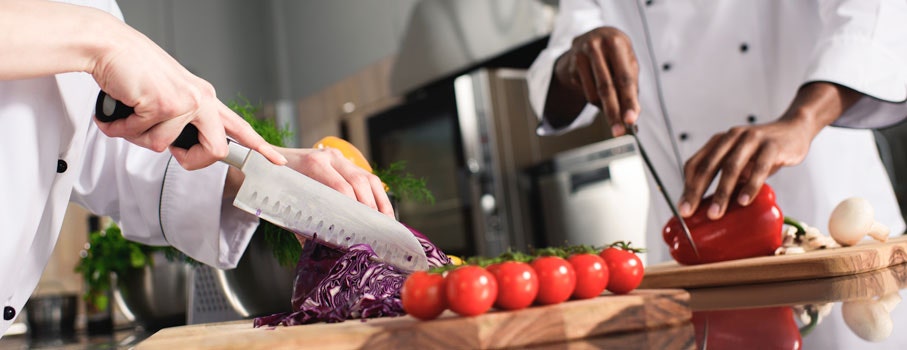
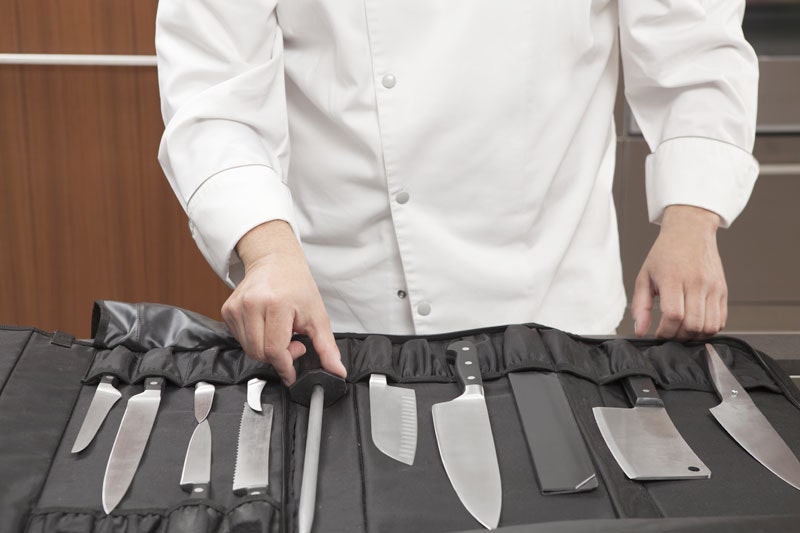
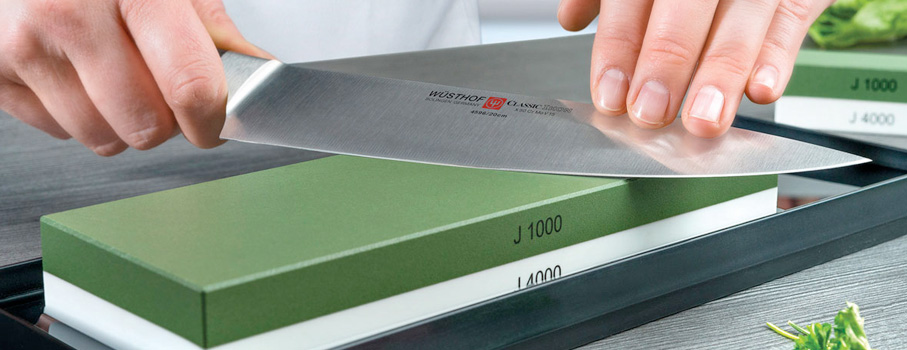
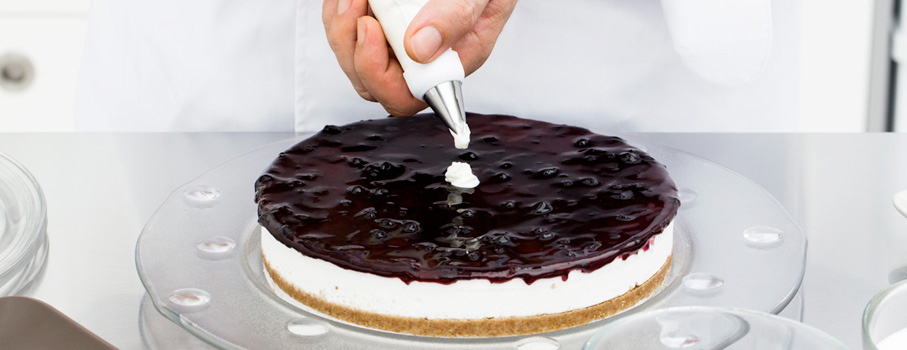

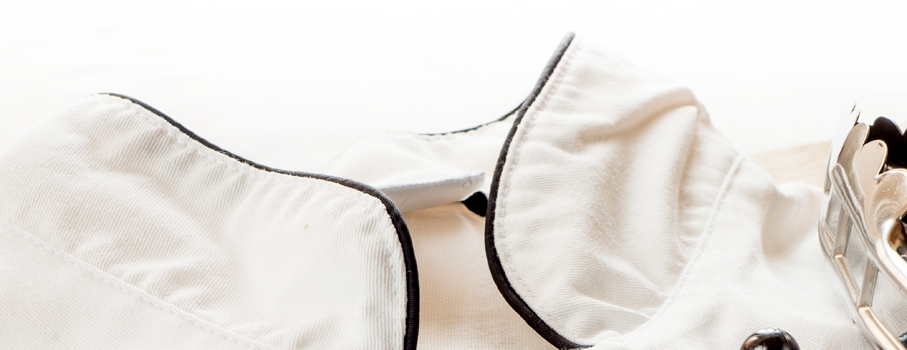
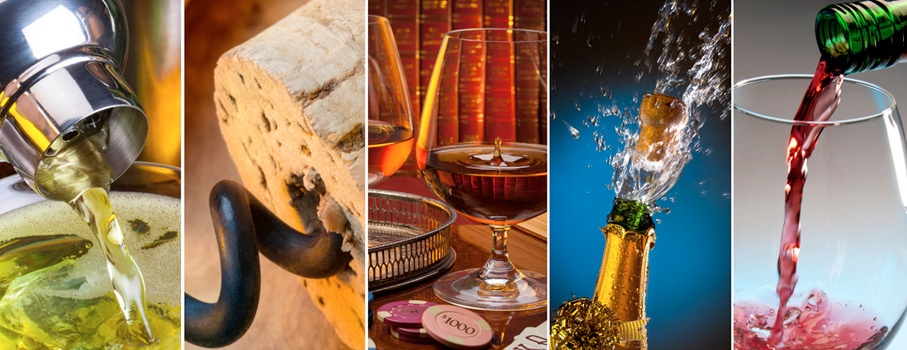
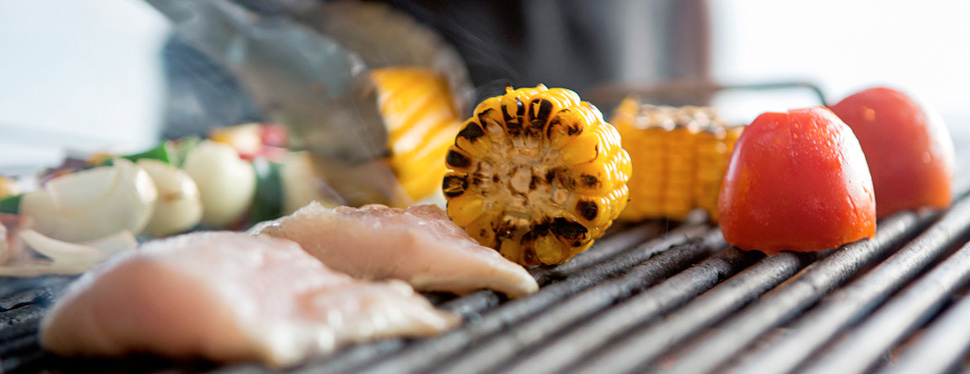

 IT
IT FR
FR
